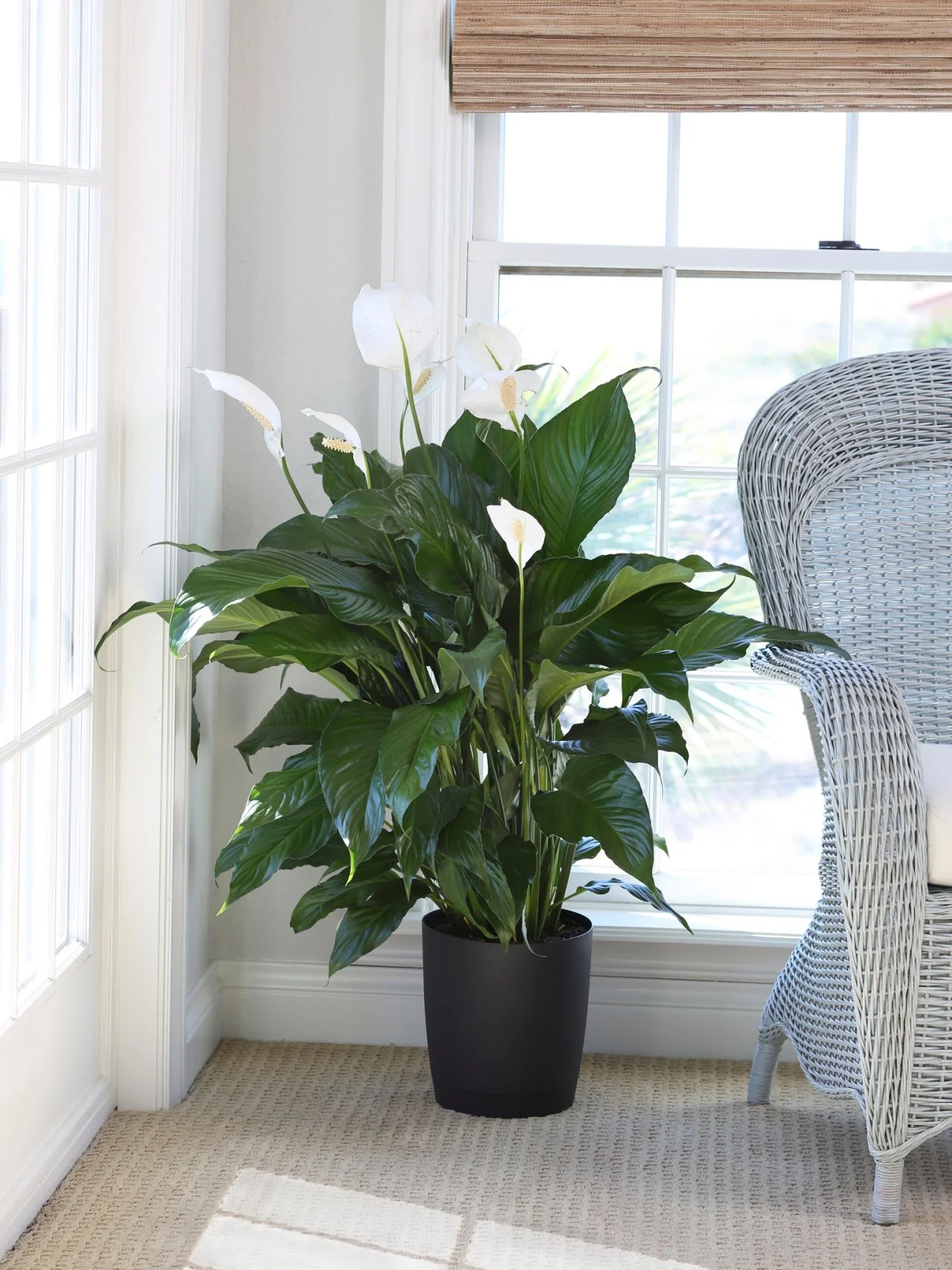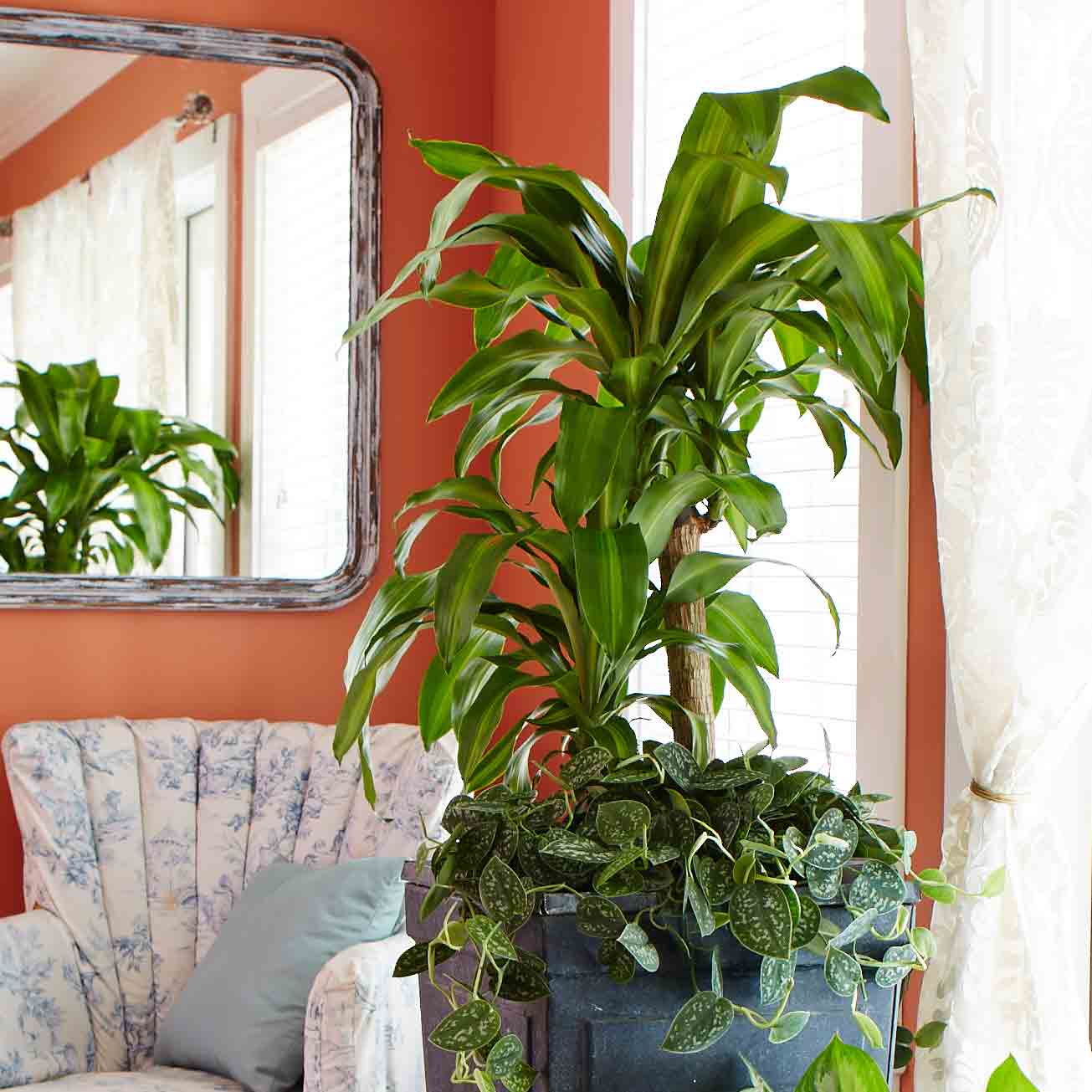Discover the Best Low-Light Indoor Plants for Your Home or Office Space
Discover the Best Low-Light Indoor Plants for Your Home or Office Space
Blog Article
Transform Your Home With Beautiful Low-Light Indoor Plants and Their Advantages
Incorporating low-light indoor plants into your home can considerably improve both the aesthetic and environmental quality of your home. These plants, which flourish in dim conditions, offer not just as attractive components yet additionally as all-natural air cleansers, making them ideal for urban dwellers or those with limited sunlight exposure. As we discover the numerous sorts of low-light plants and their advantages, you might find surprising ways to integrate them right into your home that can change your surroundings in means you could not have anticipated.
Advantages of Low-Light Plants
Low-light plants provide various benefits for interior environments, making them an excellent selection for both newbie and knowledgeable gardeners. Among the main benefits is their flexibility to low-light problems, allowing people to improve their living spaces without the demand for considerable sunlight direct exposure. This particular makes them optimal for apartments, workplaces, and other locations with limited all-natural light.

Additionally, including low-light plants right into home decoration can raise the visual allure of a room. Their lavish foliage and differed textures create a calming environment, adding to total wellness. The visibility of plant has been linked to reduced stress and anxiety degrees and improved productivity, making low-light plants a practical selection for boosting both psychological and physical health in interior setups.
Leading Low-Light Indoor Plants
While several indoor plants prosper in bright light, a number of varieties are especially fit for low-light conditions, making them suitable for various interior spaces. One prominent option is the Snake Plant (Sansevieria), understood for its striking upright fallen leaves and resilience, needing minimal care. One more superb choice is the Pothos (Epipremnum aureum), which includes heart-shaped leaves and can route magnificently from racks or hangers, flourishing in reduced light and including a lush touch.
The ZZ Plant (Zamioculcas zamiifolia) is celebrated for its shiny fallen leaves and ability to endure disregard, making it ideal for active lifestyles. The Tranquility Lily (Spathiphyllum) not only endures low light yet likewise generates magnificent white flowers, improving any kind of area's aesthetic.
For a distinct touch, think about the Cast Iron Plant (Aspidistra elatior), which without a doubt meets its name, growing in the darkest edges of your home. The Chinese Evergreen (Aglaonema) provides a variety of fallen leave patterns and shades while being remarkably forgiving in low-light problems. These plants not just enhance indoor settings however likewise add to air purification, boosting your home.
Care Tips for Low-Light Plants

Sprinkling practices are critical; these plants commonly choose a little dry conditions. Overwatering can bring about root rot, so make sure that the top inch of dirt is dry before sprinkling again. Usage pots with drainage holes to permit excess moisture to get away.
Moisture is another crucial factor. Lots of low-light plants, such as brushes and peace lilies, take advantage of higher humidity degrees. To increase humidity, take into consideration misting the leaves or putting a tray of water near the plants.
Fertilizing ought to be come close to with care. During the growing period, make use of a thinned down, balanced liquid plant food monthly to sustain growth, but prevent fertilizing during the inactive winter season months.

Creative Ways to Present Plants
Interior plants can act as exciting centerpieces in any type of room, boosting both aesthetic appeal and atmosphere. Creative display screens can boost the aesthetic influence of low-light plants, making them an essential part this content of your home design. One effective method is to utilize tiered plant stands, which enable you to display several plants at varying heights while optimizing flooring space.
Hanging planters are an additional cutting-edge alternative, producing a sense of depth and attracting the eye upwards. Take into consideration macramé wall mounts or wall-mounted shelves to introduce an unique texture and style.
For an extra organized technique, use geometric terrariums or glass containers to house your plants, adding a modern-day touch to your interior yard. You can likewise repurpose vintage things, such as teacups or wood dog crates, for an eclectic display that reflects your individuality.
Enhancing Home Atmosphere With Plants
Integrating low-light plants into your home not just boosts visual appeal but additionally adds substantially to the general ambiance. These plants function as natural decor components, presenting a sense of tranquility that can change any type of area. The visibility of greenery fosters a relaxing environment, which is particularly beneficial in high-stress settings such as office or living spaces.
Low-light plants, such as snake plants, pothos, and ZZ plants, are not just visually pleasing however also boost indoor air quality by filtering system toxins. This double function boosts the atmosphere further, developing a healthier home (Best low-light indoor plants). The tactical placement of these plants can also influence the assumption of space; as an example, high plants can draw the eye up, making ceilings show up greater and rooms a lot more sizable
Furthermore, differing appearances and colors of foliage include deepness to interior decoration, enabling for innovative expression in home designing. Whether put on shelves, in corners, or as centerpieces, low-light plants can boost the state of mind of any space. In summary, integrating these plants right into your home is a reliable way to promote a warm, inviting environment while profiting of improved air quality and aesthetic adaptability.
Verdict
Integrating low-light indoor plants right into home atmospheres uses many benefits, including boosted visual appeal and boosted air high quality. These resilient plants, such as the Serpent Plant and Tranquility Lily, require marginal light and upkeep, making them suitable for varied way of lives.
While numerous interior plants prosper in bright light, numerous types are particularly appropriate her comment is here for low-light conditions, making them ideal for numerous indoor rooms. One efficient method is to make use of tiered plant stands, which enable you to display several plants at differing heights while making best use of floor room.
Low-light plants, such as snake plants, pothos, and great site ZZ plants, are not just visually pleasing however also boost indoor air high quality by filtering system pollutants. Best low-light indoor plants. The critical placement of these plants can likewise affect the perception of area; for circumstances, tall plants can attract the eye upwards, making ceilings appear higher and areas much more large
These resilient plants, such as the Snake Plant and Tranquility Lily, call for minimal light and maintenance, making them ideal for diverse lifestyles.
Report this page